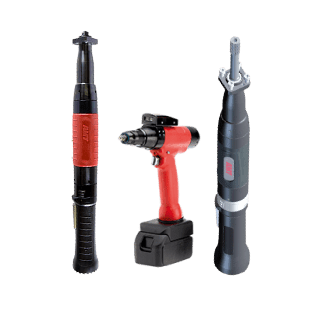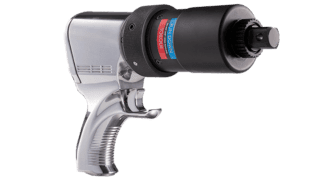How to choose the right electric assembly tools
How to choose the right electric assembly tools
There is no production line without the appropriate assembling tools. Your employees' ability to put the pieces together into a finished product is ultimately dependent upon the tools. Nevertheless, because every product is unique, every factory is unique, and there are a vast array of tool alternatives, choosing the appropriate equipment is not always simple. How can you choose which ones will work best for the specific requirements of your business?
The ability to search for information—on sports, money, or tools—is just as important as the ability to construct, play, or invest. Knowing where to look is the key to finding the appropriate tools. You'll need to create a list of potential solutions and then eliminate options depending on your preferences. This is a complete guide to selecting the appropriate electric assembly tools for your manufacturing line to assist you.
What can you consider while choosing the right electric assembly tools?
Identifying your needs is the first step in selecting the proper collection of assembly equipment. What types of products do you develop? How will they be held together, what kind of fasteners? Do you create a lot of straightforward items or a smaller number of intricate ones?
You can focus your search by knowing the type of fastener you need and the manufacturing rate. Find out the torque requirements for each of your tighteners first. It is advisable to use manual or electric tools when employing small fasteners, which often call for ounce-inches or pound-inches of torque. You will need either a pneumatic torque wrench or hand tools if the fasteners required pound-feet of torque.
Next, take into account how rapidly you must construct your products. Power tools, either electric or pneumatic torque wrench, are probably necessary if your operation produces items in volume and each tool must fasten thousands of fasteners or more every day. Hand tools might be more appropriate if your organization produces fewer, more specialized goods and each tool must attach dozens to hundreds of tightening tools each day.
Torque Control
Electric assembly tools' capacity to control torque may be their most crucial feature. The force used to turn a screw's head is called torque. With too much, the screw or component will break; with too little, it will fall out. Electric torque wrenches use internal clutch systems and currency manipulation to regulate the amount of torque they apply.
Accuracy
When we discuss accuracy, we're referring to the tool's capability to deliver consistent outcomes at a specific torque setting. The screw joint has an effect on the screwdriver's precision and torque capacity. Accuracy can be impacted by elements like the type of material, the type of joint, and if lubrication is necessary. As a result, precision will differ based on the electric assembly tool. A tool should be chosen after considering the application's requirements for attaching joints.
Speed
The most crucial feature in an electric screwdriver for high-volume manufacturers may be speed. In order to produce more products each hour, quick rundown times might increase revenues. Torque range and accuracy are more important considerations for low-volume, niche manufacturers than speed. The kind of material employed in a fastening application is something else to take into account. For example, you ought to normally work at a slower speed when working with plastic.
Torque Range
Powerful electric assembly tools come in several varieties. Wide torque range electric screwdrivers are more adaptable and can handle more items. They are thus a wise solution for contract producers and other individuals who constantly change their product assignments. Electric screwdrivers have a wider torque range at the low end, which is better for little jobs and fragile fasteners, than at the high end, when torque multipliers, pulse tools, or big hand wrenches are favored. The torque ranges that your screwdrivers must function in can be determined by looking at the torque requirements of your fasteners.
Conclusion
Once you are aware of all the characteristics of the many electric assembly tools that are available, it is time to start researching different producers. The greatest manufacturers will have a track record of success in their field; you may already be familiar with them due to their reputation. Additionally, they will be certified to demonstrate that they uphold quality standards. To meet your needs, not simply their quota, their professionals ought to be eager to assist you in finding the appropriate tools. Their service centres ought to be accessible and accommodating, offering upkeep, fixes, or guidance as needed.
Content Sources: - ABSGroup






Comments
Post a Comment